How Using PTO Equipment on Your Work Truck Costs You in the Long Run
Print Article
Do you know how much money you’re spending to maintain the status quo with a power take-off system?
Rethinking work truck solutions
Many fleet managers continue to specify trucks with PTO-driven equipment because that’s the way it’s always been. But you may not realize just how much time and money you’re spending on maintenance, fuel and downtime with a PTO system — or you may chalk it up to the cost of business as usual. Investing in an engine-driven, power system instead can save significant time and money. See how a PTO is costing you.
1. Engine emissions maintenance issues
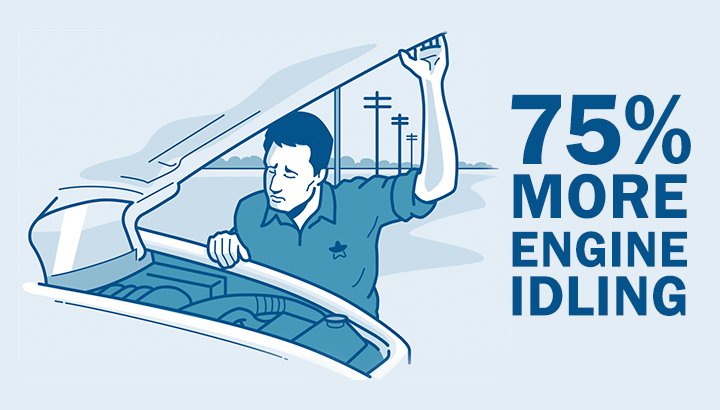
Running the truck engine for anything other than driving to and from jobsites increases the risk of downtime, since high engine hours at low rpms can quickly clog the diesel particulate filter (DPF). This can force the truck engine into a regeneration cycle, which leaves the PTO unavailable for about an hour. Excessive regeneration cycles are unproductive and time consuming. They also lead to costly DPF maintenance and expensive early replacement.
2. High cost to keep trucks on the road
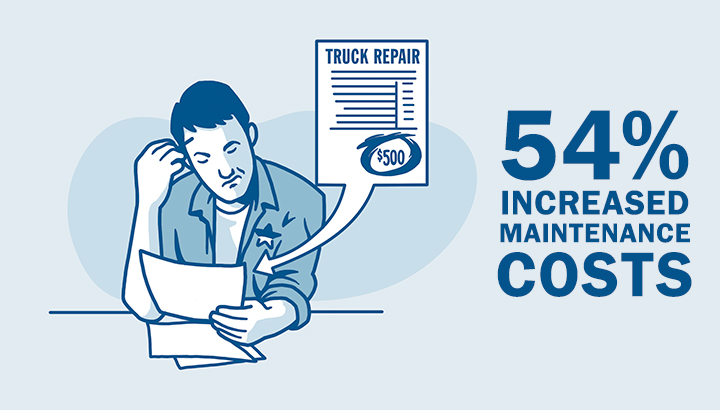
For more accurate insight into engine wear and tear, maintenance intervals are based on engine hours rather than miles driven. Engine hours generated from running the PTO system increase maintenance, specifically for the emissions system and oil changes. Both items are costly to maintain, decreasing your bottom line.
3. Heavy or overweight trucks
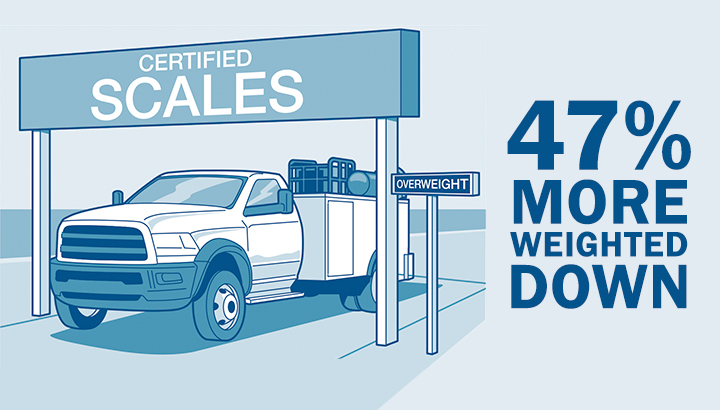 Carrying multiple pieces of equipment for air, hydraulics, battery charge, jump start, and generator and weld power adds significant weight. This extra weight increases truck wear and tear, specifically on the drivetrain, suspension and brake systems. This leads to increased maintenance costs in the short term and a shortened life cycle in the long term. Plus, getting caught with a truck that’s over the weight limit can end in costly fines.
Carrying multiple pieces of equipment for air, hydraulics, battery charge, jump start, and generator and weld power adds significant weight. This extra weight increases truck wear and tear, specifically on the drivetrain, suspension and brake systems. This leads to increased maintenance costs in the short term and a shortened life cycle in the long term. Plus, getting caught with a truck that’s over the weight limit can end in costly fines.
4. Less space for tools
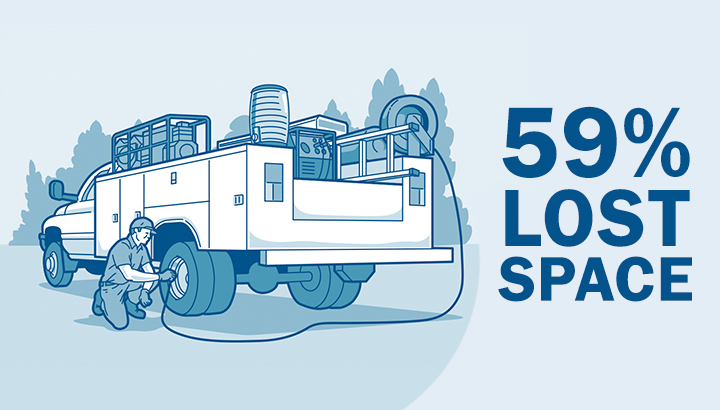
A PTO-powered air compressor and engine-driven welder/generator take up a lot of space, typically an entire side pack of the truck. This space could be better utilized to carry more parts or tools, so technicians are better prepared and not limited on what they can bring to the jobsite.
5. Higher fuel costs
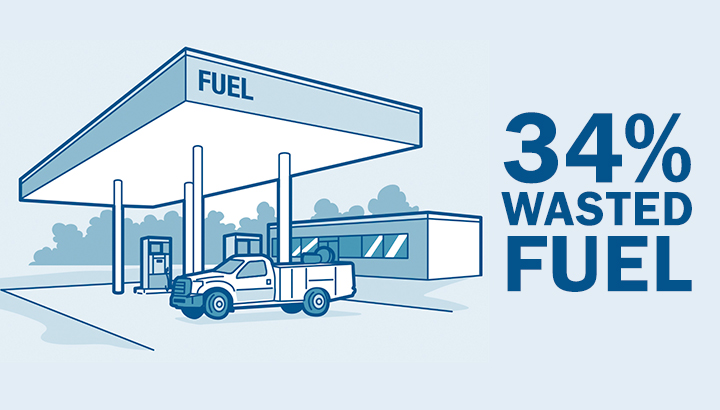
PTO systems require a truck engine to run constantly to power tools on the jobsite. Service truck engines are often in excess of 300 horsepower and burn 1 gallon of fuel or more per hour. And engines frequently run up to six hours a day, idling or providing power for tools. Running these high horsepower engines at idle or low rpm is extremely inefficient, decreasing the truck’s overall fuel economy and eating into profit.
Rethinking your PTO? It’s time to look beyond the traditional setup to find a better solution for your work truck — so you stop wasting over $7,400 per year in unnecessary expenses and maintenance to run a PTO. Investing in an all-in-one system can decrease truck engine hours, maintenance costs and the risk of unplanned downtime while increasing fuel economy and maximizing available payload space. Learn more about the benefits of an all-in-one work truck solution at MillerWelds.com/worktruck